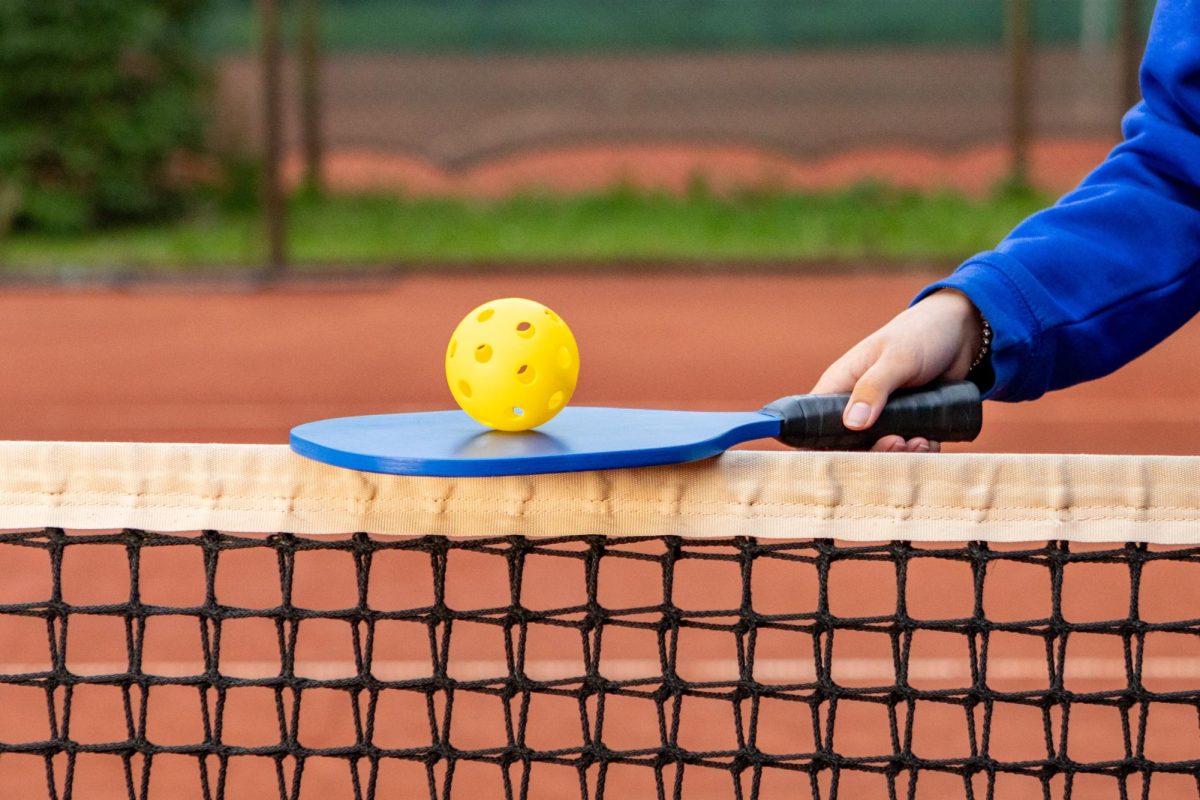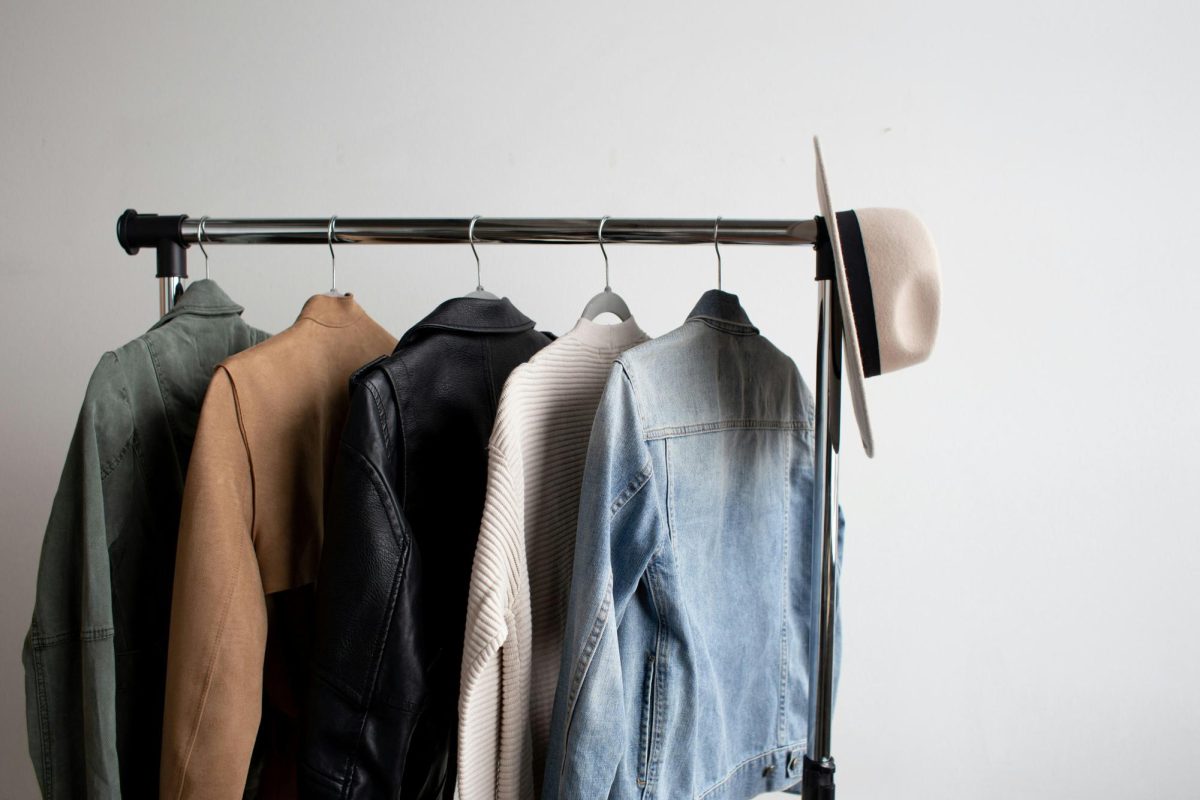Double faults and poor line calls no longer seem to be the only troubles within the tennis community; a new obstacle has surfaced, and its name is pickleball.
The booming sport has taken the world by storm, reaching unprecedented heights of popularity. According to Yahoo Sports, pickleball currently has 48.3 million players, which is 19% of the American adult population, earning the title of fastest growing sport for the past five years.
But what exactly is pickleball? Briefly, the sport is a downsized and slower version of tennis. It takes up one-fourth of a standard tennis court and uses less elastic equipment; wooden paddles are used as opposed to strung rackets, and the ball is made of a hard, durable plastic instead of a tennis ball’s typical rubber.
These changes make for more leisurely gameplay, which is why the sport has such a pull towards retired tennis players and the elderly.
Freshman and Shore Regional tennis player Shea Burkhardt of Monmouth Beach makes a clear distinction between the two sports.
“Tennis is epic; pickleball is for the elderly,” Burkhart said.
However, while Burkhardt gives pickleball some credit, other tennis players do not think the pastime should be validated.
Junior Gianni Dentino of Belmar has eight years of tennis under his belt, two of which have been for Ocean Township High School’s competitive varsity team. In stating his dislike for pickleball, he compares the activity to playing a video game.
“I wouldn’t consider it a sport because it’s not that physically demanding,” Dentino said. “If you’re having trouble playing pickleball, it’s the same thing as getting tired when you’re playing Wii Sports.”
Dentino is not alone in comparing pickleball to an activity not traditionally considered highly exercise inducing. Varsity tennis player junior
John Pallone of Long Branch thinks pickleball is not the sister sport to tennis that many people acknowledge it as.
“Pickleball is more related to ping pong than tennis,” Pallone said.
The animosity from the tennis community is warranted when taking into account the effect pickleball has had on their sport. Across the country, tennis players are struggling to find unaltered, available tennis courts to play on. According to USA Pickleball, nationwide, many local communities have decided to paint colored lines on tennis courts with pickleball dimensions, as well as added transportable pickleball nets to the side of each court.
Not only can these new sets of lines be distracting and impede crucial calls for tennis players, but they signify a welcome sign to eager pickleball players: they see these new modifications as an invitation to occupy courts that were originally constructed for tennis players.
Monmouth County’s own Manahasset Park in Long Branch holds weekly pickleball tournaments every Saturday or Sunday, depriving tennis players from four quality courts during prime playing time. The shared spaces for both pastimes have fostered a feud that leaves tennis players feeling defensive of their sport.
A complete separation between tennis and pickleball is necessary for the two communities to coexist in harmony. This starts with construction of pickleball only courts, and eliminating the option of modifying tennis courts as a dual sport playing area.
If such changes are not made, the friction between each pastime will do nothing but increase.
Sophomore and Wall Township tennis player Cara Hsu exemplifies the already present feud.
“Pickleball is like loser tennis,” Hsu said.










